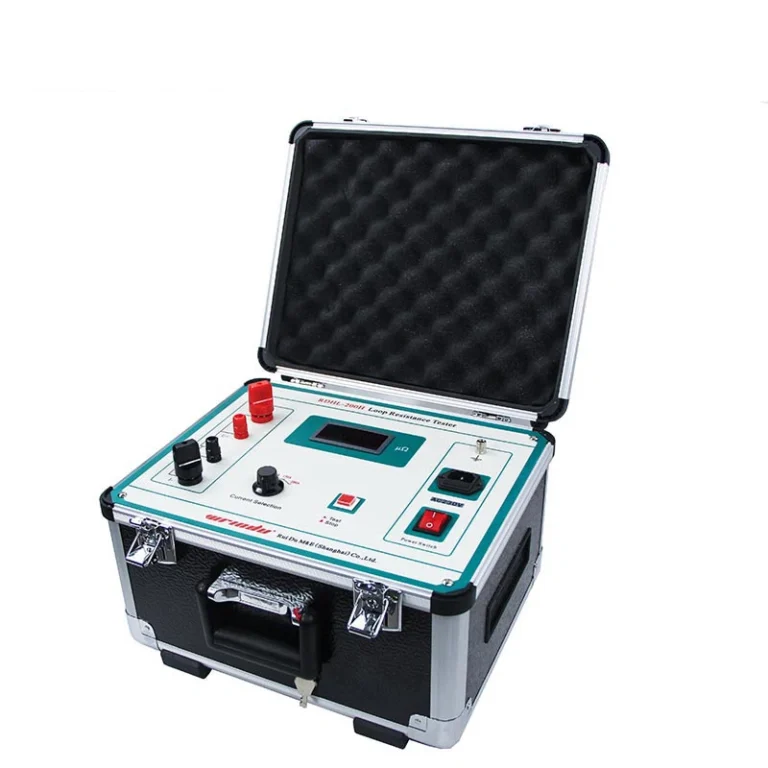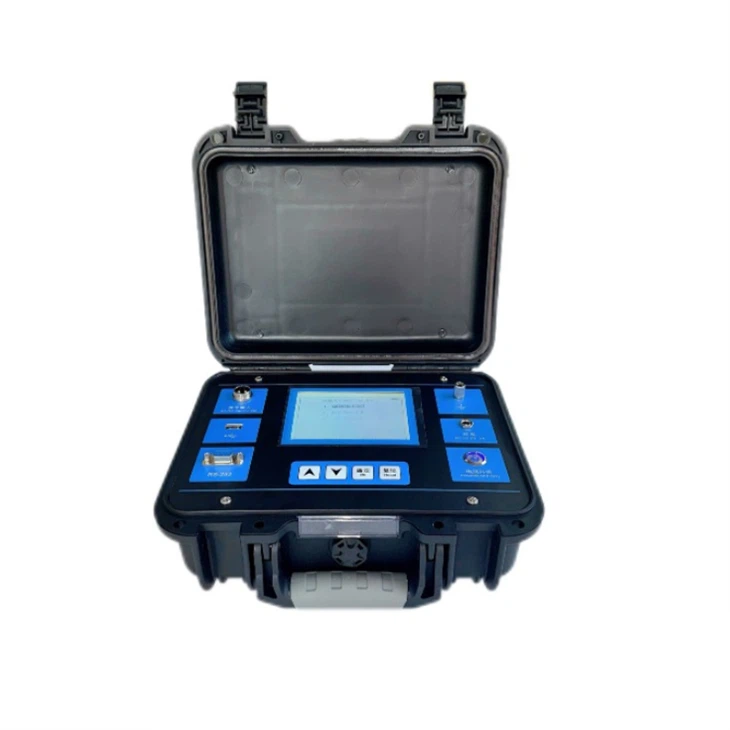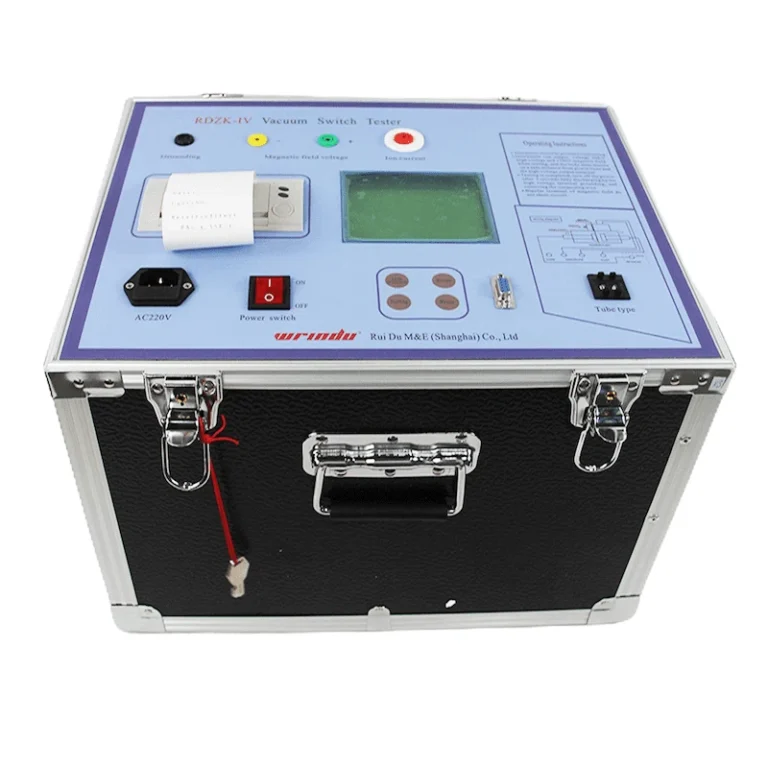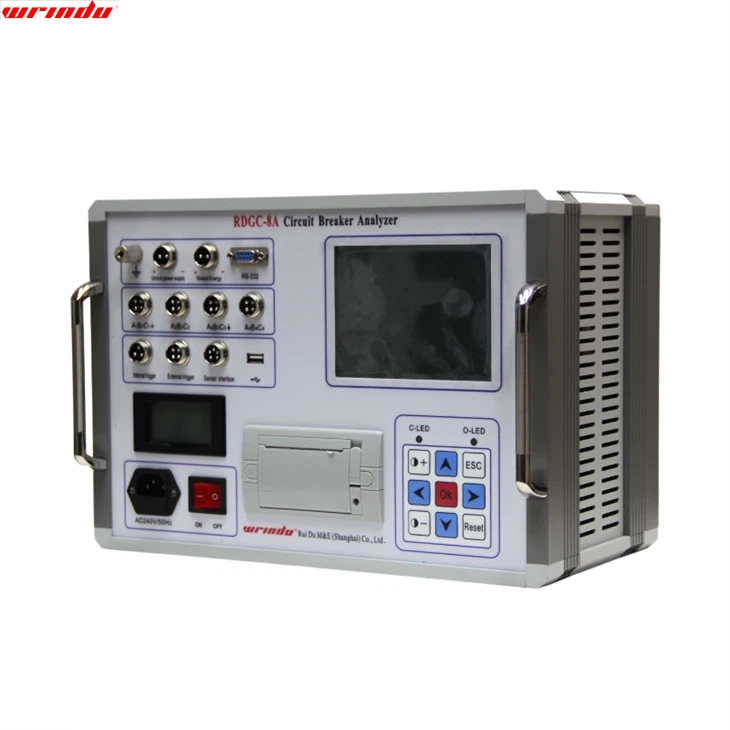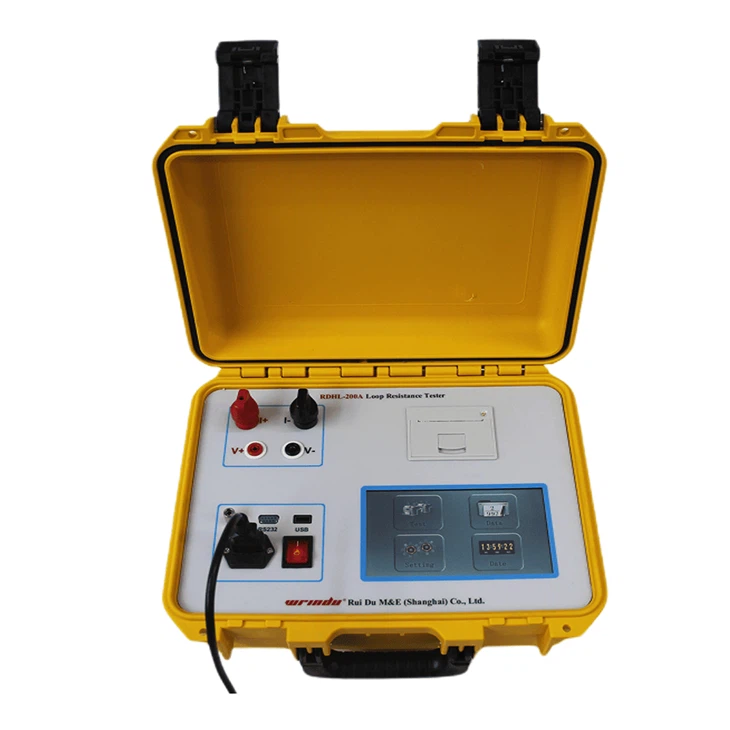Circuit breaker testing
RuiDu Mechanical: Your Reliable Circuit Breaker Tester Supplier!
RuiDu Mechanical and Electrical (Shanghai) Co., Ltd. is a leading global power testing equipment manufacturer and system solution provider. Our company was established in 2014. Our main products are substation transformers, high-voltage switches, transformers, lightning arresters, batteries, cable faults, relay protection, insulation withstand voltage, transformer oil injection equipment, etc. Our factory covering an area of more than 50,000 square meters, 6 product production lines and more than 200 employees, selling the products to more than 120 countries and regions. In addition, we support high-volume production, calibrate and test instruments at the point of sale, providing repair instructions for these products.
Rich Experienced
Our team has more than 10 years of experience in the industry, providing customers with compliant, high-quality equipment, and developing friendly cooperation with partners such as Kenya Power, UETCL, TCN, EVN, PLN, NGCP, CFE.
Wide Product Range
Our broad product offering includes digital multimeters, power analyzers, thermal imaging cameras, insulation resistance testers, accessories and integrated test tools. These test devices can be easily integrated into a variety of electrical and electromechanical systems.
Guaranteed Quality
Our production workshops are professionally assessed, developed and validated, equipped with a range of analytical instruments and all products have international ISO 9000 series, IEC and CE certifications.
Customized Service
According to your usage needs, our team is online 24/7 to provide you with detailed consultation and after-sales service, and provide OEM and ODM customized products.
What is Circuit Breaker Tester?
Circuit Breaker Testing (also known as ‘Trip Profiling’) is used to test both the performance of individual switching mechanisms and the timing of the overall tripping system. A circuit breaker tester is a small, battery-operated device that can help you detect which outlet or fixture each circuit breaker in your electrical panel connects to within your home. Tester consists of two parts: a Transmitter, connected to the electrical outlet or fixture and a Receiver, used to scan the panel to locate the correct breaker. Receiver delivers clear visual and audible indications when the correct breaker has been located.
Features of Circuit Breaker Tester
Security Alert
Our circuit breaker detectors sound an alarm via an LED light and a high-pitched tone, and begin beeping intermittently when a circuit fault is detected and the circuit breaker is overheated.
Easy to Use
These detectors are compact and well designed. The molded grips and tilting heads on their receivers make moving them up and down the electrical panel easier than straight bodies.
Multi-function
They also come with a ton of extras, like a three-prong socket on the back for connecting an adapter when testing bare wire and light sockets to ensure the two pieces stay together.
Durable Construction
The housings of these circuit breaker testers are made of engineering plastic and are very sturdy. We drop tested them at waist height and they’re proven to be tough and dustproof.
Types of Circuit Breaker Tester
Circuit Breaker Analyzer
The timing tests of the different open and close operations of the breaker is an efficient way of how to test a circuit breaker, analyzing not only the trip times but also the essential synchronism of the poles in the different operations. This define how to test a circuit breaker through different simulations of its operation, which can be directly commanded from the circuit breaker analyzer, or initiated by an external signal, checking the opening or closing time of each pole, in single or combined operations, and checking the possible difference between poles or mismatch time which may lead to a dangerous lack of synchronism.
Micro-ohmmeter
Circuit breakers generally bear a huge value of current. Greater contact resistance cause greater losses, low current carrying capability and threatening hot spots in the breaker, so that the resistance testing with micro-ohmmeters are other way of how to test a circuit breaker for identifying and avoiding upcoming issues. How to test a circuit breaker with a micro-ohmmeter requires also reliable measurements and a wide injection range with high power that enables for longer test leads, less connections problems, and more accurate measurements.
High Current Primary Injection Tester
The analysis of the tripping time characteristics of LV circuit breakers and molded-case circuit breakers is performed using high current injection, as the way to check the entire functionality. How to test a circuit breaker of this type depends on its maximum rated current, the trip protection settings and the inverse curve types which will define the overload and short-circuit trip pickup levels and time delays; all these features must be checked with the appropriate primary injection test set with the capacity to simulate the corresponding high current faults required and capture the answer of the breaker.
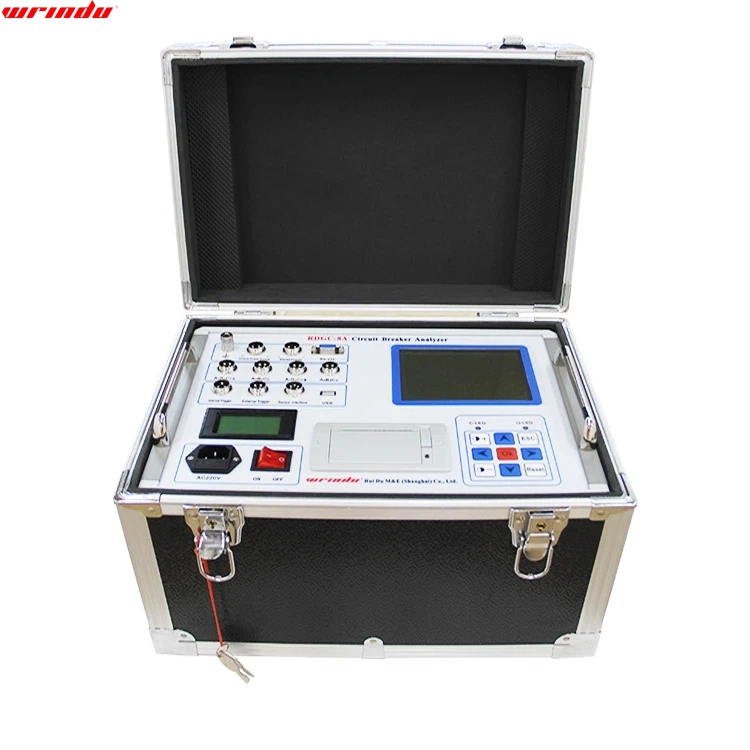
Reasons of Circuit Breaker Testing
There are three important reasons to check circuit breakers to certify proper configuration and operation:
Safety
The ability of a circuit breaker to reliably disconnect in the case of overcurrent or earth fault is a matter of property and people protection. Proper functioning relies on consistency between circuit-breaker setting, tripping curves, and power system characteristics (e.g., rated power of sources, impedances, length, and cross-section of cables).
Continuity of Supply
One way to solve the previous requirement is to have a very sensitive circuit breaker with a low threshold and time delay, but this will create issues due to unwanted tripping or selectivity issues. That will result in forcing settings to maximum values, potentially impairing safety. So the perfect compromise between safety and supply continuity is entirely dependent on the correct application of the settings calculated during design.
Standards Compliance
Part 6 of the IEC 60364-6 standard for LV installations – and multiple local regulations such as BS7671 and NFC15100 – require overcurrent protective devices tripping values to be checked during installation and periodically during operation.
Though circuit breakers must be properly configured, it is unfortunately prevalent that large numbers of breakers do not have their optimized settings configured when buildings are designed, constructed, and operated.
Tests Type of circuit breaker
Mechanical Test
It is mechanical ability type test involving the repeated opening and closing of the breaker. A circuit breaker must close and open at proper speed and do its allocated job and function without any failure.
Thermal Test
Thermal tests are carried out to check the thermal behavior of the circuit breakers. Due to the streaming of rated current through its pole in a rated condition, the breaker under test undergoes steady-state temperature rises. The temperature rise for rated current should not exceed 40° for current less than 800A normal current and 50° for normal value of current 800A and above.
Dielectric Test
These tests are performed to check power frequency and impulse voltage withstand capacity. Power frequency tests are kept on a new circuit breaker; the test voltage changes with a circuit breaker rated voltage. In impulse tests, impulse voltage of particular value is employed to the breaker. For outdoor circuit dry and wet tests are conducted.
Short -Circuit Test
Circuit breakers are subjected to sudden short-circuits in short-circuit test laboratories, and oscillograms are taken to know the behaviour of the circuit breakers at the time of switching in, during contact breaking and after the arc extinction. The oscillograms are studied with particular reference to the making and breaking currents, both symmetrical and asymmetrical restriking voltages, and switchgear is sometimes tested at rated conditions.
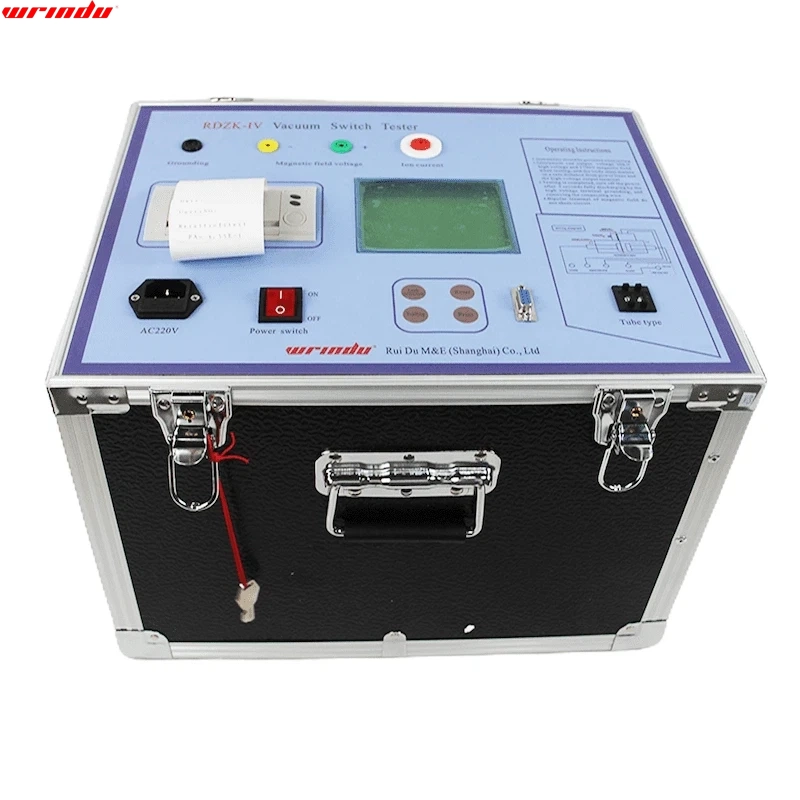
What are the Steps in Circuit Breaker Testing?
Type Tests
Type tests are organised with the aim of proving the abilities and making sure the rated characteristic of the circuit breaker are exact. Such tests are conducted in the specially built testing laboratory.
Preventative Maintenance
Preventative maintenance depend operating conditions for circuit breakers. Primary inspections of CB (circuit breakers) will look at particulate matter that’s contaminating the inner workings of the CB. Accumulation of particulates can generally be disposed of by flipping the lathe on the breaker “Off” and “On” switch to clear away the accumulated dust.
Trip Test
By analysing the current consumed by the trip coil during the circuit breaker’s operation, it is possible to determine whether there are mechanical or electrical issues present. In many cases, such issues can be localised to aid in finding the root cause. Optionally, monitoring the tripping supply’s voltage during the operation can detect issues arising with tripping batteries.
Insulation Resistance Test
For individual breaker resistance testing, load and line conductors should be preferably disconnected. If not detached the test values will also involve the characteristics of the connected circuit. Resistance testing is crucial for verifying that the insulating material which makes up the molded cases breakers are performing correctly. In order to test for insulation resistance, an instrument known as a megger is used. A megger instrument applies a known DC voltage to a given wire for a given period of time in order to test the resistance within the insulation on that particular wire or winding.
Connection Tests
Connection testing is important to make sure that an appropriate electrical connection is available and to recognise traces of overheating denoted by colour difference. It is important that electrical connections are properly installed to the CB to prevent and reduce overheating.
Overload Tripping Test
Overload tripping components of CBs can be tested by inputting 300% of the breaker rating into each pole of the circuit breaker to determine that it will open automatically. The motive of this is to make sure that the circuit breaker will operate or not. Refer to NETA standards for trip times that are acceptable for the overload tripping test. When trying to find out tripping characteristics, it is advisable to consult with manufacturer’s manuals.
Instantaneous Magnetic Tripping
In routine tests, it is relevant to find out that the magnetic feature is functional and will trip the circuit breaker instead of finding the precise value at which the instantaneous magnetic feature functions.
Factors to Consider When Choose Circuit Breaker Tester
For low voltage, low amperage circuit breakers, primary current injection is the only way to test. Because of the low amperages involved, the test equipment remains lower cost and easy to use. When the voltages and amperages increase, secondary current injection often becomes an option worth considering. When secondary current injection is an option, primary current injection testing is naturally more expensive and time consuming due to the higher required currents for testing. The test equipment tends to be larger and more cumbersome to set up. Additional safety procedures are sometimes needed also.
Specifications
Selecting the right circuit breaker test equipment means finding the equipment that can provide the right data to inform maintenance operations and predict whether or not a circuit breaker will perform as designed. Picking the right equipment starts with first understanding the type of breaker to be tested.
Equipment is typically rated for testing high, medium, or low-voltage equipment or a combination of them. Test equipment must be capable of generating enough current to test the desired breakers. In addition to the current, sufficient data must be collected to determine that the breaker is in good condition.
First Trip
Working on a circuit breaker often requires breaking the flow of current through the circuit breaker first. A circuit breaker tester with the ability to record first trip information allows personnel doing the testing to analyze the circuit breaker’s response as it is disconnected. Without first time measurement capability, all of this valuable data is lost.
Close Times
When a dangerous current condition is detected, a certain amount of time passes before the circuit breaker is able to effectively open the circuit. This elapsed time causes the close time. Short closing times are essential for quickly cutting off dangerous currents.
Trip Times
To prevent nuisance trips from occurring due to high inrush currents, many circuit breakers are designed to operate fast, but not so fast that they trip during safe conditions. Trip times refer to the amount of time allowed for current to exceed the overcurrent amount before tripping. The type of circuit breaker will greatly affect the tripping time, which is often derived from a “trip-curve” that plots a circuit breaker’s performance.
Synchronism
In three-phase circuit breakers, it is important that all three phases are broken simultaneously to protect downstream equipment. When testing three-phase circuit breakers, the equipment should be able to record the variation in opening time between the phases.
Contact Resistance
Oxidation and normal wear can add resistance to the circuit breaker’s contacts over time. Because of the high currents circuit breakers often see, small increases can result in a great deal of wasted power, heat generation, and voltage drop. A circuit breaker tester with the ability to measure contact resistance is a key feature for keeping operations efficient.
Certificate Photo
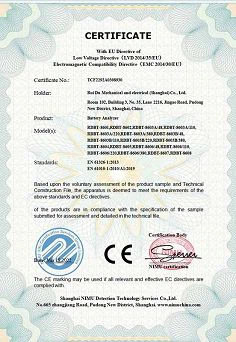

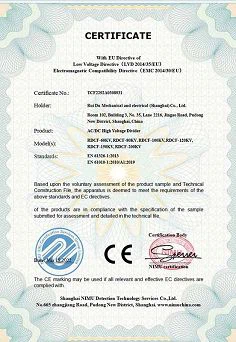

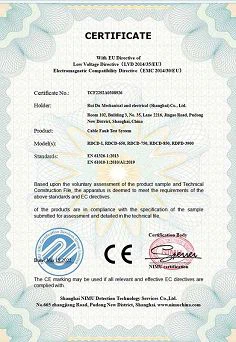
Factory Photo
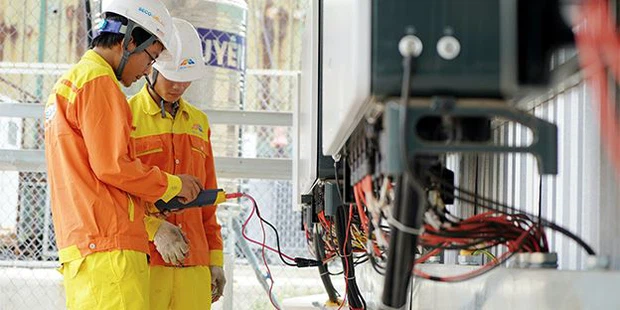

FAQ
Q: What is a circuit breaker for equipment?
A: A circuit breaker is an electrical switch designed to protect an electrical circuit from damage caused by overcurrent/overload or short circuit. Its basic function is to interrupt current flow after protective relays detect a fault.
Q: What is the circuit breaker testing?
A: Circuit Breaker Testing (also known as ‘Trip Profiling’) is used to test both the performance of individual switching mechanisms and the timing of the overall tripping system. Circuit Breaker Testing is used to test both the performance of individual switching mechanisms and the timing of the overall tripping system.
Q: What tool do I need to test a circuit breaker?
A: Multimeters. Testing a circuit breaker with a multimeter will allow you to determine the flow of electricity in the panel. Multimeters are measuring instruments that can measure volts, amps, and ohms. They can be bought at your local hardware store.
Q: Which device is used to check breaker?
A: This is where a circuit breaker tracer also known as circuit breaker finder or locator can help. It is a small handy electric device that has a transmitter and receiver and operates on a battery. It sends out a signal to the circuit breaker to detect the correct circuit breaker of the concerned lighting system.
Q: How do you check the load on a circuit breaker?
A: In order to diagnose a circuit breaker overload you can test the circuit breaker by using a clamping ammeter. This circuit breaker tester is used to check overloads and shorts that are in progress and determine whether the electric current is running through the circuit.
Q: What is the easiest way to identify a circuit breaker?
A: Open the panel door and look for labels or markings indicating the circuit breaker type installed. The manufacturer’s label will provide information on the model number, amperage, voltage rating, and other specifications. Use this information to find the type of circuit breaker.
Q: What are the 3 types of breakers?
A: There are three basic circuit breaker varieties: standard breakers (which include both single-pole and double-pole circuit breakers), ground fault circuit interrupter circuit breakers (GFCIs) and arc fault circuit interrupter circuit breakers (AFCIs).
Q: What is the difference between a circuit breaker and a breaker panel?
A: Circuit breakers are switches that open when too much current flows through them. They’re also more convenient because you can easily reset them when they trip. An electrical panel is typically larger than a breaker box and contains multiple breakers, fuses, and fuse boxes.
Q: How often should circuit breakers be tested?
A: Every one to three years. How Often Should You Test Circuit Breakers? Generally, you should conduct a full inspection of circuit breakers every one to three years. Check each breaker’s operation annually. Depending on how old your facility is, you may want to complete tests more frequently to help manage risks.
Q: What equipment may be used to check circuit continuity?
A: A multimeter is a battery-operated electrician’s tool that has several functions: testing wiring for voltage, for amperage, or for resistance. It is through the resistance function that a multimeter can test a switch, light fixture, or another device for electrical continuity.
Q: How do you tell if a breaker is bad without a multimeter?
The following will show you how to notice warning signs of a bad circuit breaker.
(1)Won’t Stay in Reset Mode. If the breaker doesn’t stay in “reset” mode, it may be short-circuiting.
(2)Notice a Burning Smell.
(3)It Feels Hot.
(4)Damage Is Visible To the Box or Outlets.
(5)Frequent Breaker Trips.
(6)It’s Old.
Q: Can circuit breakers go bad without tripping?
Q: What is the average life of a circuit breaker?
A: About 30 to 40 years. If you’ve been in your home for several years, you’ve probably wondered how long circuit breakers last. The average lifespan of a circuit breaker is about 30 to 40 years.
Q: Why is half of my house without power with no flipped breakers?
A: So, if power suddenly goes out to part of the home, but no breakers trip, it could be that one of the two hot wires has become loose (causing flickering) or disconnected (no power). This can happen at the transformer, in the meter base, or at the connection to the main breaker in the panel.
Q: What is the major cause of failure of circuit breaker?
A: Power Surges and Spikes. A common occurrence in electrical components, voltage surges and spikes often cause an electrical circuit breaker to fail.
Q: What is routine test in circuit breaker?
A: The operation of the motor is checked. Motor current and spring charging time is noted down. Local Operation of the breaker along with the local indications like. Breaker close, Breaker open, Operation Counter are checked. Functional check is done.
Q: When must circuit breakers be tested?
Q: Can a 20 amp circuit breaker go bad?
A: So to answer the question simply, yes, circuit breakers do go bad, the way any other essential home device can cease to work the way that it should. This being said, a faulty circuit breaker does not necessarily mean that it has to be replaced.
Q: Is it common for a circuit breaker to go bad?
A: A common occurrence in electrical components, voltage surges and spikes often cause an electrical circuit breaker to fail. However, the chances of circuit breaker failure can be minimized by equipping the electrical panel with a surge suppressor.
Q: Why is my circuit breaker not tripped but no power?
A: First, check all of the outlets in the affected area to see if any have loose or damaged wires. If so, these need to be repaired or replaced as soon as possible. Another possibility is that a circuit breaker may be loose or damaged. In this case, you will need to replace the breaker or put it back in place.




